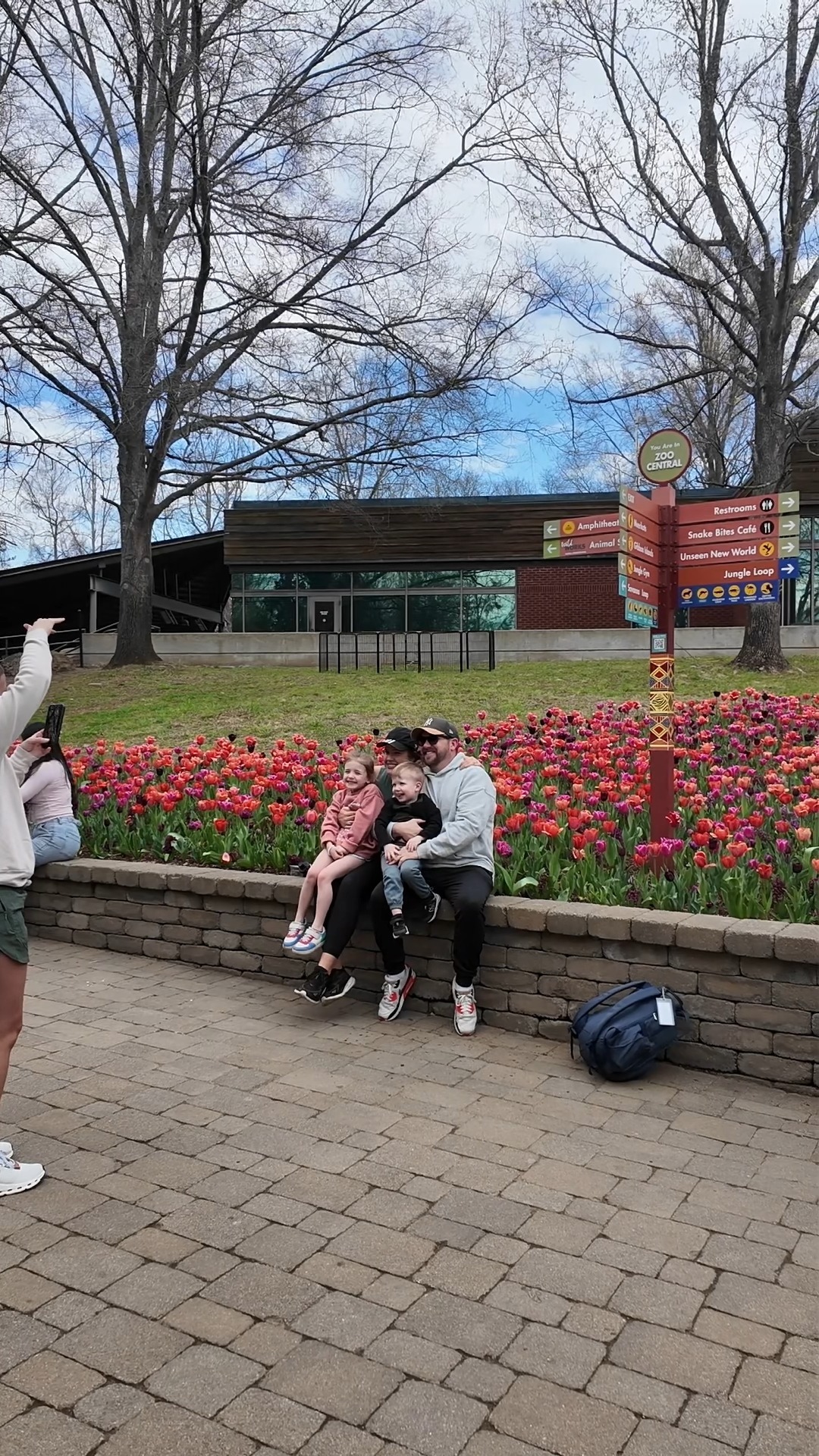- A focus on the significance of seasonal displays and their influence on visitor experiences at zoos.
- The vital role played by seasonal flowers and plants in recreating natural habitats for zoo animals.
- Insights from Shannon, the Seasonal Display Coordinator, on how botanical selections are made.
- The interplay between zoology and botany in wildlife conservation efforts within zoo environments.
- Strategies for adapting to the seasonal changes to improve sustainability and biodiversity in zoos.
As winter fades away and spring arrives, zoos undergo a transformation that reflects the blooming beauty of the season. These changes are far more than aesthetic; they play a crucial role in engaging visitors and enhancing their experience. Seasonal displays, like those curated by Shannon, the Seasonal Display Coordinator, are not just about embellishing the zoo. They are integral in connecting visitors with the natural world and fostering an appreciation for wildlife.
Understanding the influence that botanical displays have on visitor experiences is key. Vibrant, carefully curated floral arrangements do more than catch the eye; they engage the senses and create a palpable connection to the season. Walking through a zoo filled with spring blooms provides an immersive experience that enhances educational opportunities. It encourages visitors to appreciate the beauty and diversity of the plant world and its connection to wildlife habitats.
Flowers and plants are pivotal in simulating natural habitats for animals in zoos. They offer more than visual appeal; they also provide essential environmental enrichment. For animals, the presence of natural flora contributes to physical comfort and mental stimulation, aligning more closely with their native environments. This can lead to improved animal welfare, making it an essential consideration for zoos dedicated to conservation and education.
As the person responsible for these transformations, Shannon orchestrates the botanical displays with a keen eye for environmental impact and educational value. Selection criteria for plants focus on both aesthetic appeal and ecological benefits. Shannon explains that choosing the right species involves understanding their compatibility with the climate, their role in maintaining local biodiversity, and how they complement the zoo’s wildlife inhabitants.
In her role, Shannon works closely with the zoology team to integrate botanical knowledge into zoo design. This collaboration fosters innovative strategies for creating exhibits that are educational and sustainable. The synergy between zoology and botany creates an environment where both plant and animal life thrive, contributing to a zoo’s mission of conservation and education.
Adapting to seasonal changes is crucial to maintain sustainable ecosystems within zoos. The diversity in flora should be aligned with conservation goals, focusing on native species that support local biodiversity. This approach not only benefits animal health but also minimizes resource use, such as water and fertilizers, promoting environmental sustainability.
The interplay between zoology and botany within zoos underscores the importance of a coordinated approach towards conservation. By integrating knowledge from both fields, zoos can develop exhibits that support thriving ecosystems while educating the public about the interconnectedness of all living things. This holistic approach is vital for fostering conservation awareness among visitors.
As we delve into the significance of these displays, it becomes evident that they are more than just visually pleasing arrangements. They symbolize a commitment to environmental responsibility and education, drawing attention to the need for biodiversity and conservation in our world. In fulfilling this mission, zoos play a critical role in preserving both plant and animal species.
Through strategic planning and a deep understanding of the ecological needs of each species, Shannon’s work exemplifies the sophisticated balance between art and science. Seasonal displays reflect the complexity and beauty of nature, offering visitors a chance to learn, appreciate, and become advocates for conservation.
These botanical endeavors, while intricate, are essential in demonstrating the zoo’s dedication to both conservation and education. They serve as a catalyst for change, encouraging visitors to appreciate the fragile beauty of our planet and the vital role each species plays within its ecosystem. This commitment is crucial not only in maintaining the wellbeing of zoo animals but also in promoting sustainable practices globally.
In the ever-evolving landscape of wildlife conservation, innovations in seasonal displays are at the forefront of enriching zoo environments. The integration of plants that promote sustainability and biodiversity aligns with broader conservation goals and enhances the educational impact on zoo visitors. As we celebrate the arrival of spring, we acknowledge the indispensable role of dedicated professionals like Shannon, whose work underscores the profound impact of nature on our lives.
*****
Source Description
Spring into the season with Shannon, our Seasonal Display Coordinator, as she shares what’s blooming at the Zoo! 🌷


